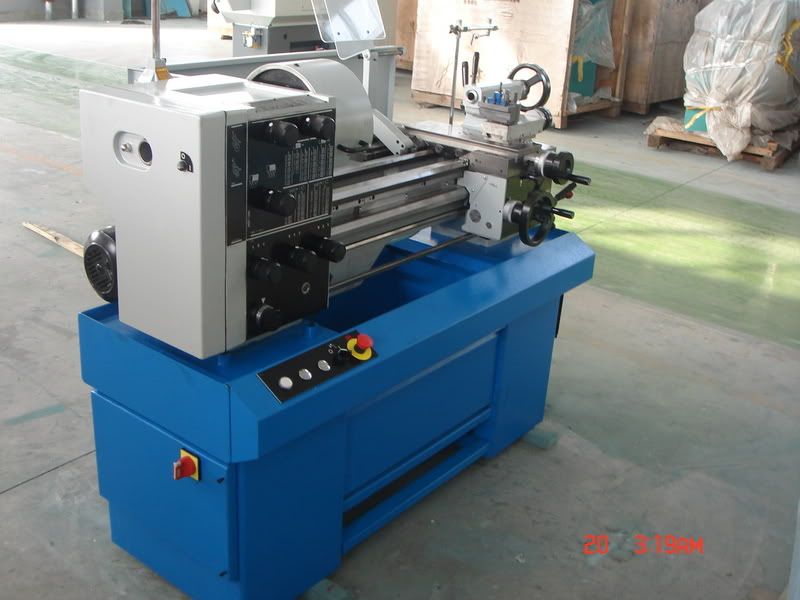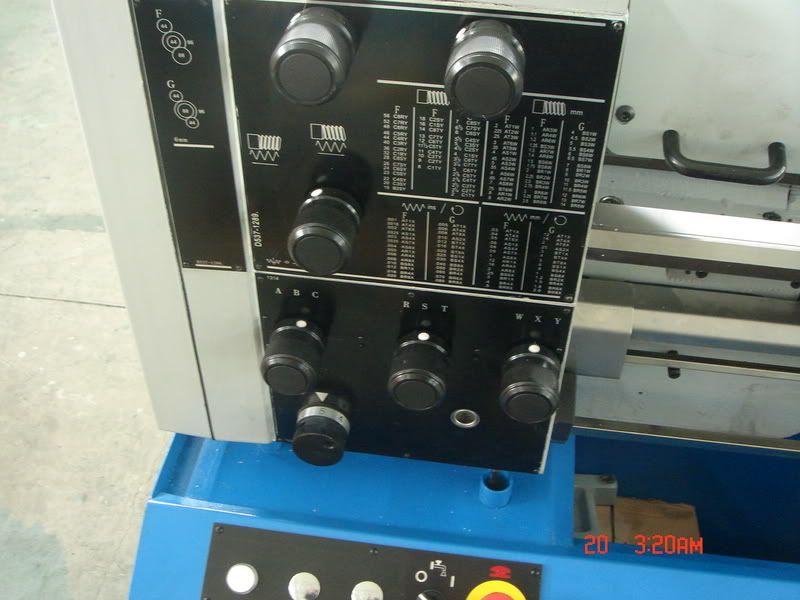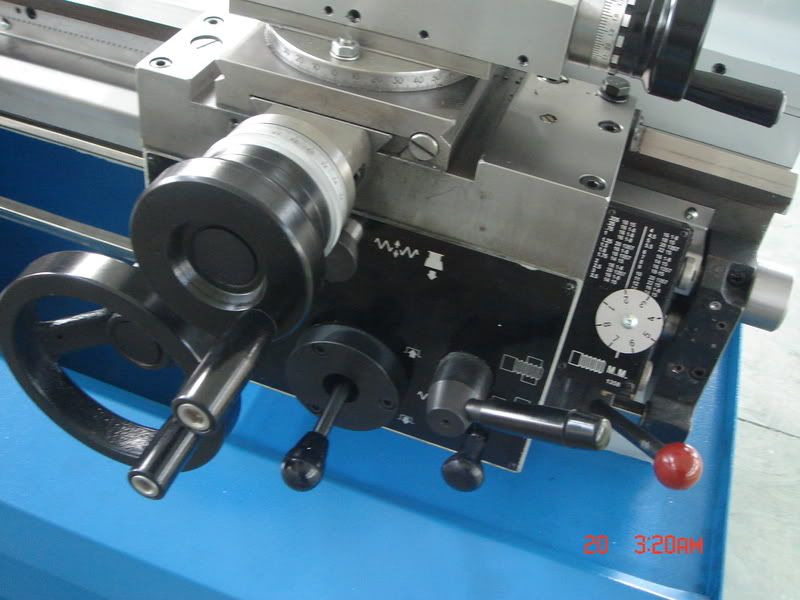Mirage_Man
Aluminum
- Joined
- Sep 13, 2006
- Location
- Florida
So here's the deal. I'm soon to be the owner of a new 13x40 manual lathe. However it's got a three phase motor and as most of us here I only have single phase power. So I need a way to get three phase power to it.
Until now I've been mainly focused on getting a RPC to power it and possibly any other machines I might end up with in the future. Today someone asked why I wasn't considering a VFD. Honestly I don't know. However after doing a tiny bit of research here on the forum I still don't know if it would be the right thing or not.
I understand that VFD's can be used as a single to three phase converter. I also understand the ability to have variable speed. However I have some questions that make me think a VFD would be way more hassle to use than an RPC.
#1) When being used on a machine like a lathe that normally requires changing of gears to achieve speed changes where would you have the gears to work properly with the VFD?
#2) Don't you loose torque with a VFD at slower speeds?
#3) Wouldn't your Forward/Neutral/Reverse lever become useless?
#4) Would the foot-brake be taken out of the equation all together?
#5) Where would one mount the control box so that it wouldn't be in danger from coolant and chips?
#6) If the control box is mounted out of danger how do you control the speed?
#7) Is it possible for an amateur to wire one safely? I have some experience with electrical but I'm certainly not an EE.
BTW this is the lathe I'm getting.



Until now I've been mainly focused on getting a RPC to power it and possibly any other machines I might end up with in the future. Today someone asked why I wasn't considering a VFD. Honestly I don't know. However after doing a tiny bit of research here on the forum I still don't know if it would be the right thing or not.
I understand that VFD's can be used as a single to three phase converter. I also understand the ability to have variable speed. However I have some questions that make me think a VFD would be way more hassle to use than an RPC.
#1) When being used on a machine like a lathe that normally requires changing of gears to achieve speed changes where would you have the gears to work properly with the VFD?
#2) Don't you loose torque with a VFD at slower speeds?
#3) Wouldn't your Forward/Neutral/Reverse lever become useless?
#4) Would the foot-brake be taken out of the equation all together?
#5) Where would one mount the control box so that it wouldn't be in danger from coolant and chips?
#6) If the control box is mounted out of danger how do you control the speed?
#7) Is it possible for an amateur to wire one safely? I have some experience with electrical but I'm certainly not an EE.
BTW this is the lathe I'm getting.






 .
. .
.